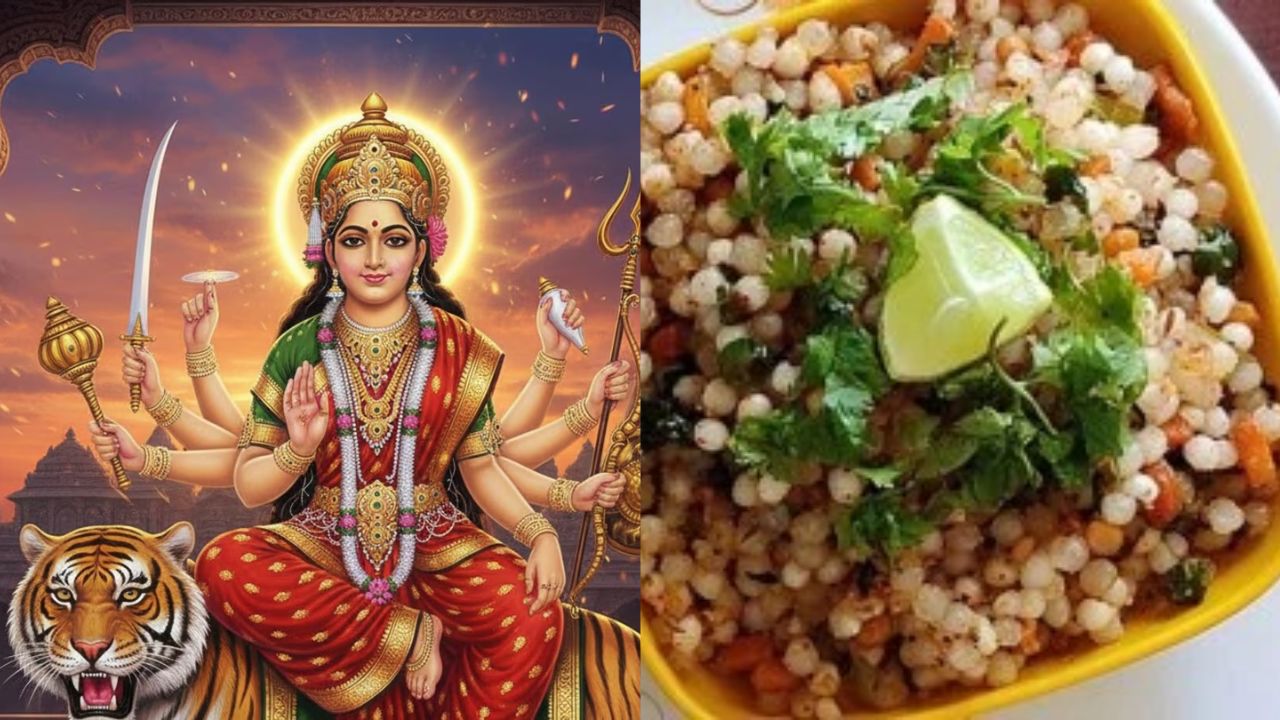 English
English

Sabudana is light on the stomach and easy to digest, making it ideal for people who are fasting and want something that won’t burden the digestive system. It provides a good amount of carbohydrates that give you an energy boost during fasting.

Representational Image
New Delhi: The Navratri festival is being celebrated all around the country with devotion and enthusiasm. During this time, many people are fixated on sabudana kheer or flour as a snack. This raises the question: Can we eat sabudana during this occasion?
Can You Eat Sabudana During Navratri Fasting?
Yes, you can eat sabudana during Navratri fasting, but there are some important things to keep in mind:
Sabudana is light on the stomach and easy to digest, making it ideal for people who are fasting and want something that won’t burden the digestive system. It provides a good amount of carbohydrates that give you an energy boost during fasting.
How to make sabudana?
Sabudana is primarily pure carbohydrate, with equal amounts of protein, fat, and carbohydrates.
High glycemic sabudana: Sabudana has a very high glycemic index. This means it is rapidly digested in the body and converted to glucose, causing a sudden spike in blood sugar levels.
Nutrient Content: It contains very few plant, vitamin, and spice compounds, so it's not considered a nutritional standard. It primarily provides energy, but it can be harmful to insects.
Weight Estimation: Sago is rich in calories. Therefore, eating it in excess can lead to weight gain.
So you can understand that consuming sago can be harmful, especially if not consumed in moderation.
What to Keep in Mind?
Monitor your blood sugar levels: Be sure to check your blood sugar levels after eating sabudana to see what effect it is having on your body.